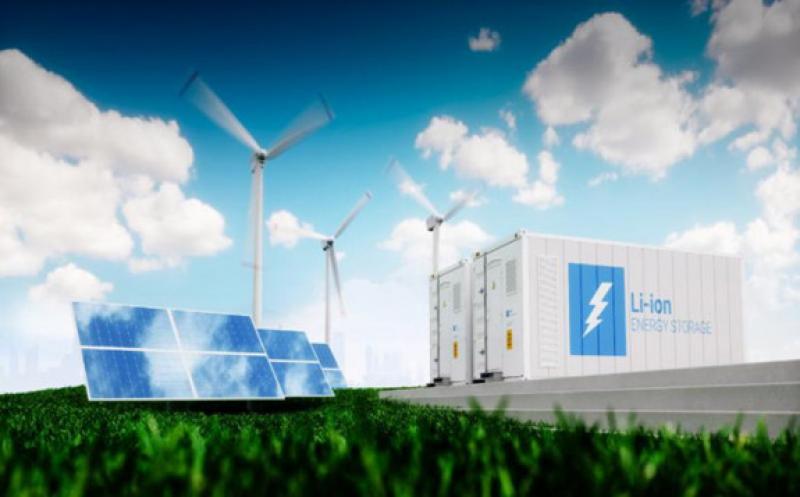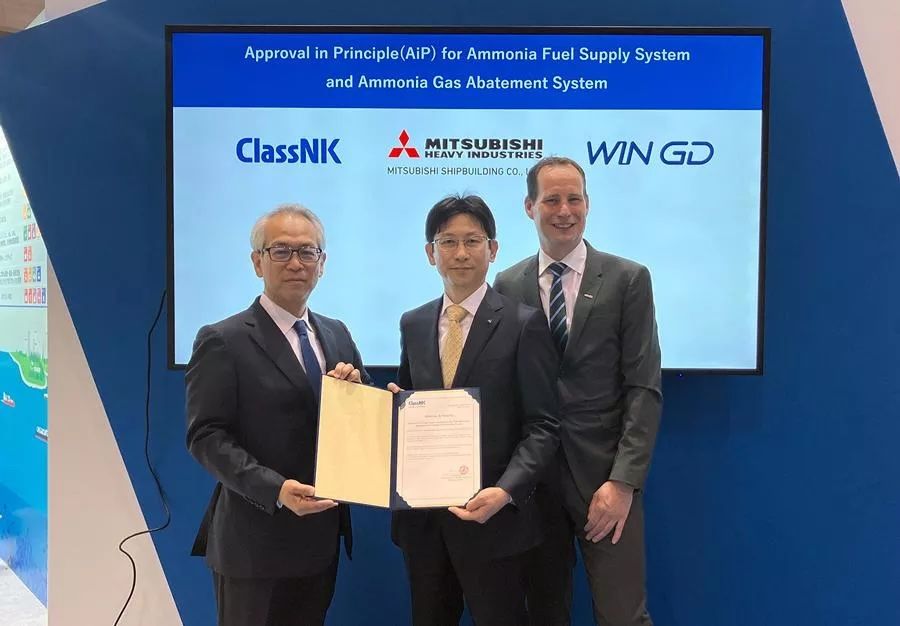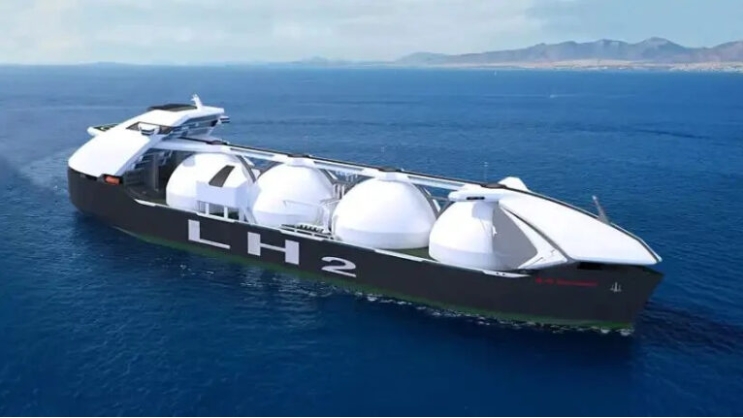Technology company FlexGen has been selected by North Carolina’s Electric Cooperatives as the solution provider for some ten energy storage projects that are set for rollout across rural communities in the state.

The ten battery energy storage projects will provide 40MW of flexible capacity to help utility cooperatives ensure grid reliability and resilience.
The battery systems will be installed adjacent to utilities’ substations and will be used as distributed energy resources that can provide resilience to local energy communities.
The projects are part of grid modernisation and are expected to provide cost savings to both utilities and consumers.
Electricity will be stored on the storage systems during times when demand on the grid is low and discharged during peak periods.
The projects are also expected to help the utilities expand portfolios of solar and microgrids and use cases such as demand response for grid sustainability and stability, according to the statement.
North Carolina “ranks fourth in the nation in solar power generation and third in installed solar generating capacity,” according to US Energy Information Administration. In 2020, the state generated 16% of total energy from renewables, and with the plan to expand its renewables portfolio, energy storage is expected to play a key role.
In total, North Carolina has 26 electric cooperatives and increased deployment of storage facilities by these companies will play a significant role in expanding the state’s storage portfolio.
The first project amongst the planned ten is expected to be constructed in early 2022.
Amadou Fall, the CEO of North Carolina’s Electric Cooperative said: “Energy storage technology enables North Carolina’s Electric Cooperatives to enhance reliability and achieve cost savings that will benefit our member-consumers in rural North Carolina, now and in the years to come.
“Cooperatives remain committed to innovation that advances our Brighter Future vision for electricity that is increasingly sustainable, affordable and reliable, and supports our goal of reaching net-zero carbon emissions by 2050.”








